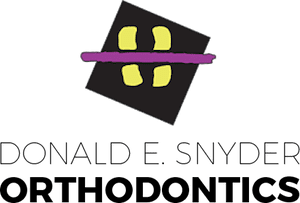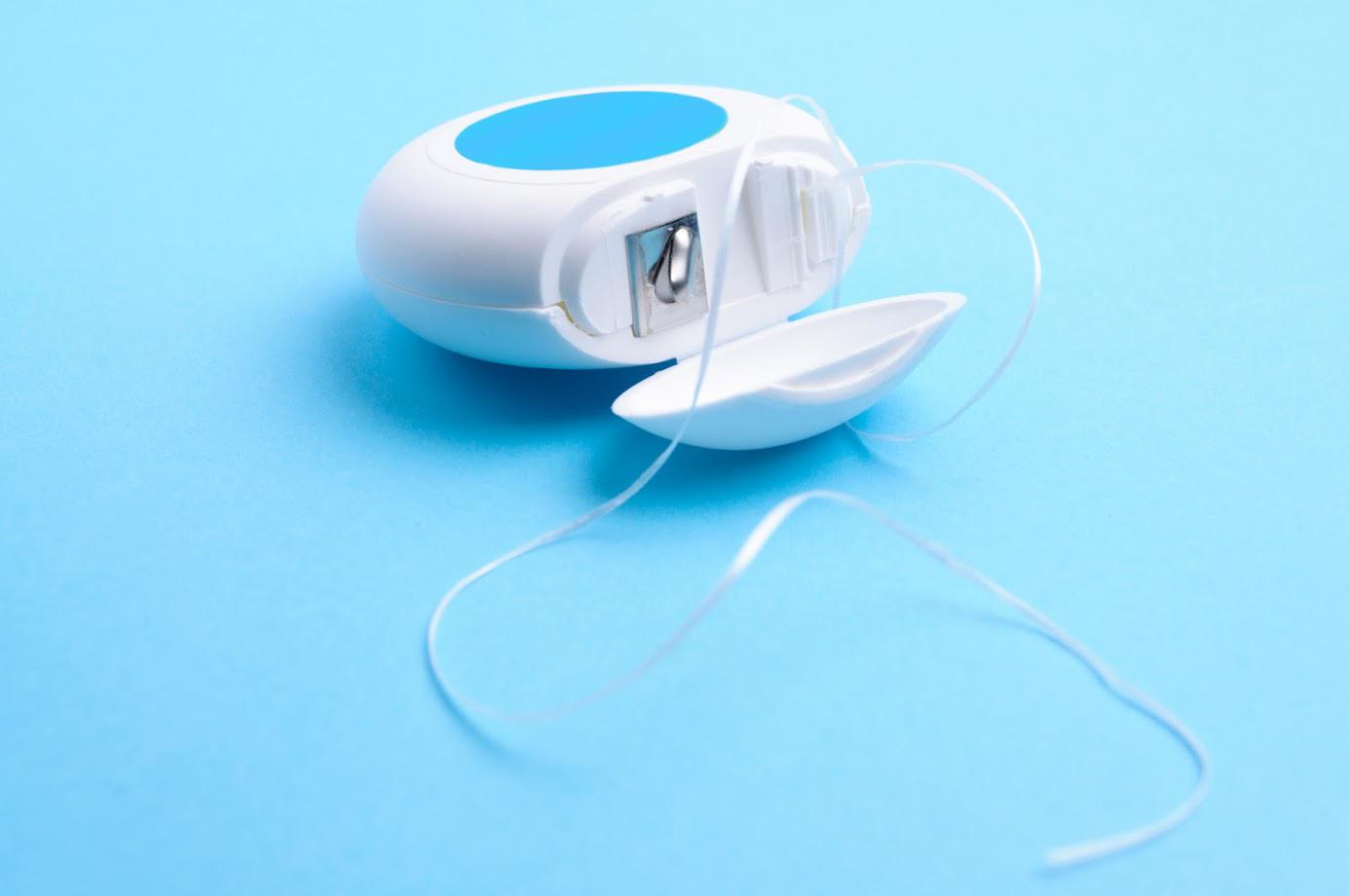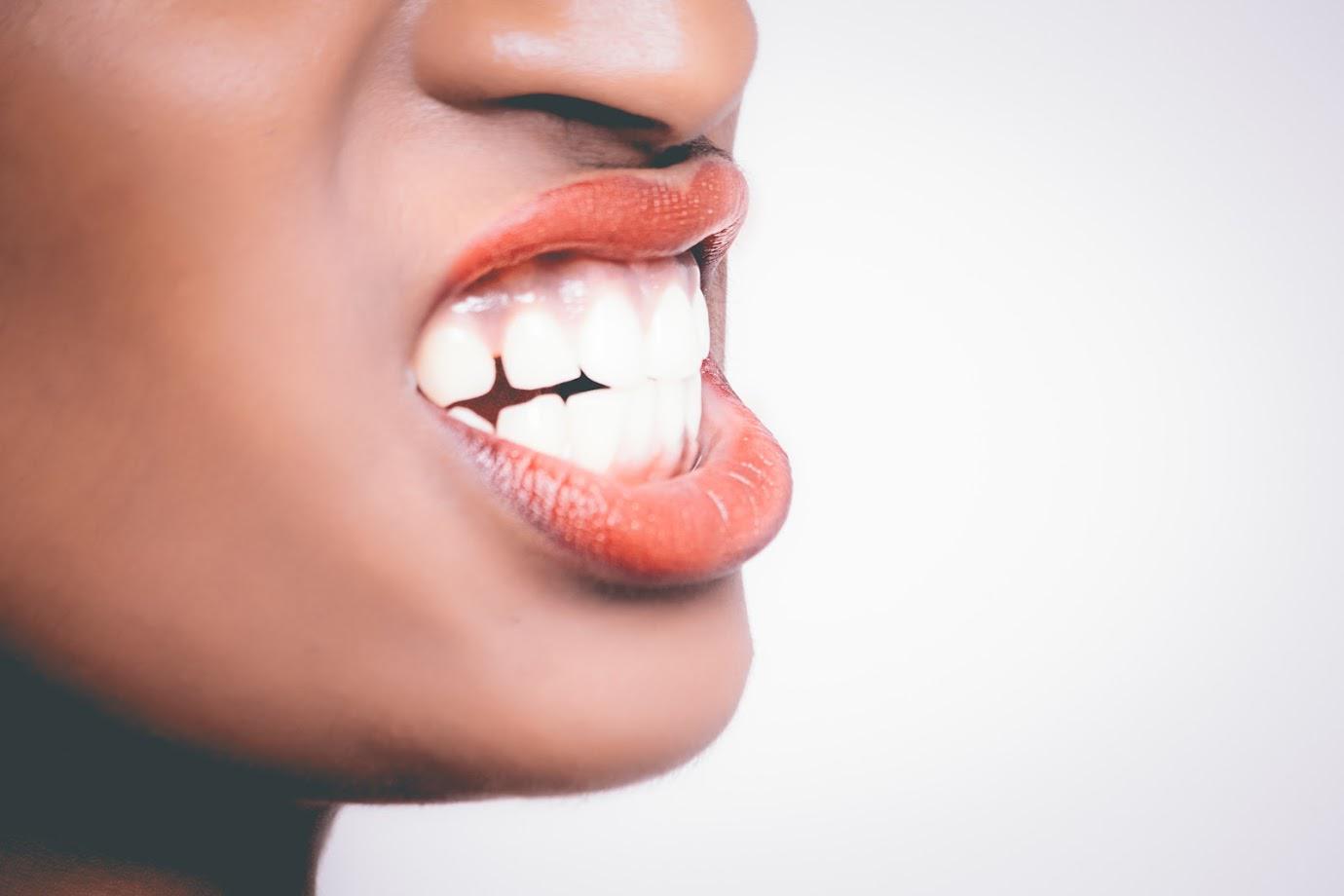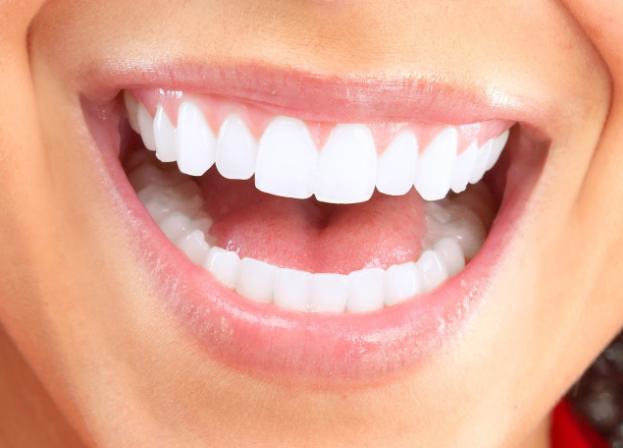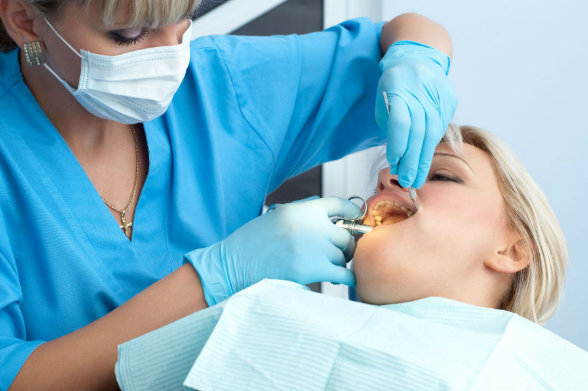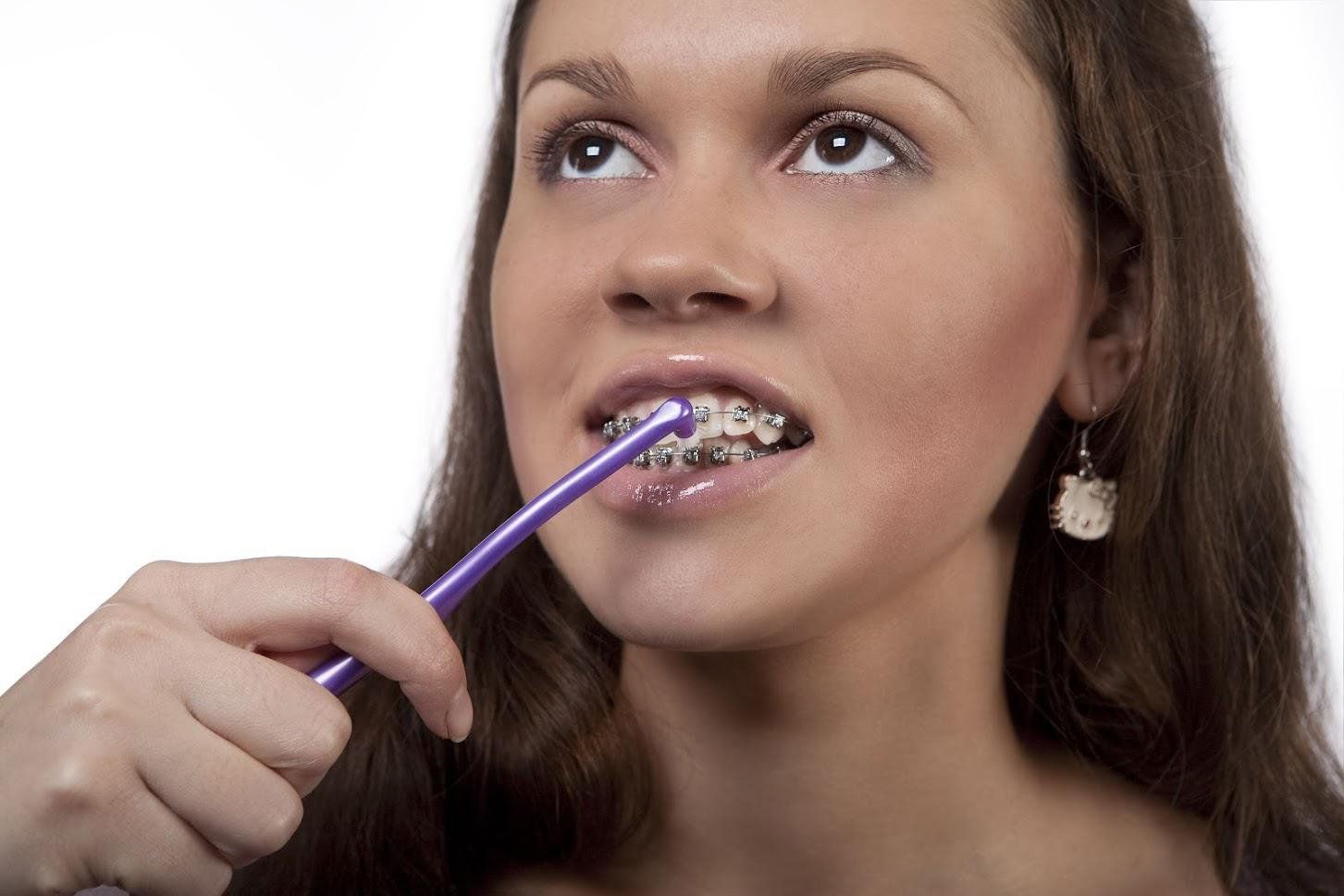What Is Corrective Jaw Surgery and Do You Need It?
- By Admin
- •
- 13 May, 2019

Corrective jaw surgery, as the name suggests, is a procedure to correct abnormalities in the jaw to improve teeth alignment and bite. It can be used for many reasons, and it is necessary for some patients before they get braces.
If your bite isn't quite right, and your dentist has mentioned corrective jaw surgery, check out these frequently asked questions to learn more.
Who Needs Corrective Jaw Surgery?
Corrective jaw surgery fixes many issues, starting with temporomandibular joint (TMJ) pain and headaches. While TMJ is often corrected at home, surgery may be required if nothing else fixes the problem.
Other reasons you may need corrective jaw surgery are genetic. For example, if you were born with a protruding lower jaw or an open bite, braces alone won't fix the problem because they only move your teeth, not the jawbone.
If you haven't noticed any visual symptoms, such as an open bite, look for other clues you may need corrective jaw surgery. These include chronic mouth breathing and sleep apnea, which may be present with severe snoring.
Overall, however, corrective jaw surgery should make biting, chewing, speaking, and breathing easier.
What's Upper Versus Lower Jaw Surgery?
If you have a defect in your upper jaw, you'll need upper corrective jaw surgery. This helps fix protruding upper teeth (overbite), crossbite, and facial hypoplasia. In some cases, you may also need the surgery if you have excess bone growth above the molars; this can give the surface an angle, which causes teeth to grow at an angle.
Lower corrective jaw surgery is used for fewer issues. In fact, it is commonly used when the lower jaw sticks out or in too far. If you need work on your chin, a chin surgery or genioplasty may be performed. These procedures help make abnormally small chins larger.
What Can You Expect During Treatment?
Treatment may begin with a bone graft from another part of your body. This is necessary if you don’t have enough bone to reshape the jawbone properly.
Next, if you're getting upper jaw surgery, the jawbone above the teeth is cut, so the teeth and palate move as one. This allows the dentist to find the right angle for a proper bite. Once the angle is selected, plates and screws are used to secure it.
If you need to correct a protruding or caved in lower jaw, the surgeon will make a vertical cut behind the lower back molars. This allows the jaw to be pulled forward or pushed back as needed. Again, screws and plates are used to secure the bone while it heals.
Even after treatment, however, you may still need braces to correct individual teeth.
How Do You Care for Your Jaw After Treatment?
Corrective jaw surgery is a rather invasive procedure, so it has a recovery process, which may take up to 12 weeks. During this time, you need to be gentle with your mouth by only eating soft foods, and completely avoid anything sticky.
You'll also need to keep impeccable care of your teeth and gums by keeping them well cleaned. Failure to do so can lead to bacteria infecting the site. Finally, if you smoke, you'll need to stop, and avoid doing anything too strenuous to avoid potential injury.
Braces are great at fixing many issues, but sometimes they aren't enough. Corrective jaw surgery can fix many issues, including an open bite or a protruding lower jaw.
If you believe you are a good candidate for corrective jaw surgery, or if you want to know more about the procedure and how it may benefit your smile, contact us at Donald E. Snyder Orthodontics today.
